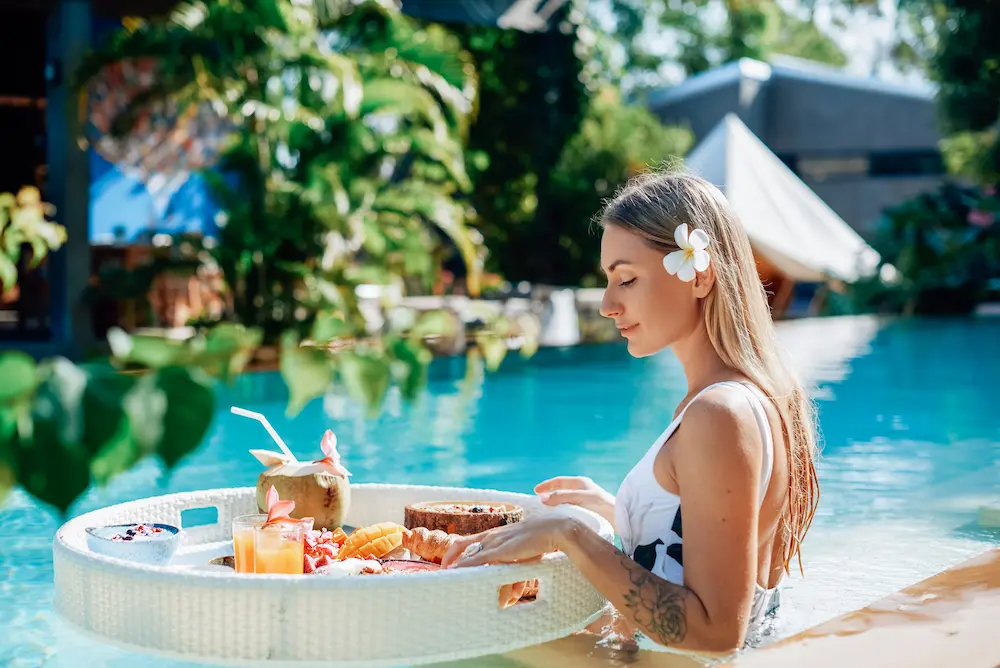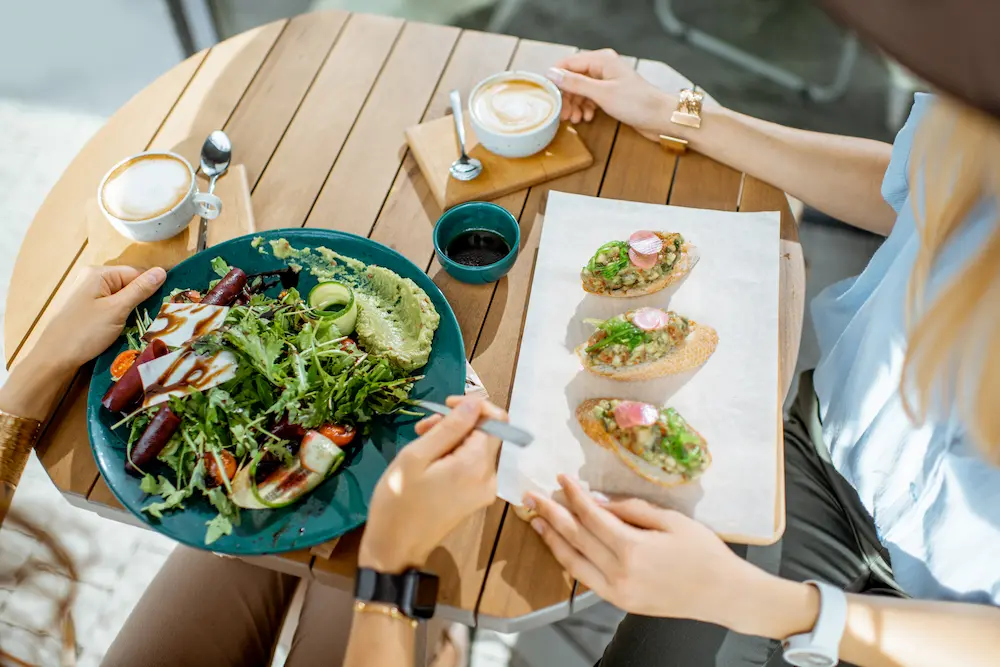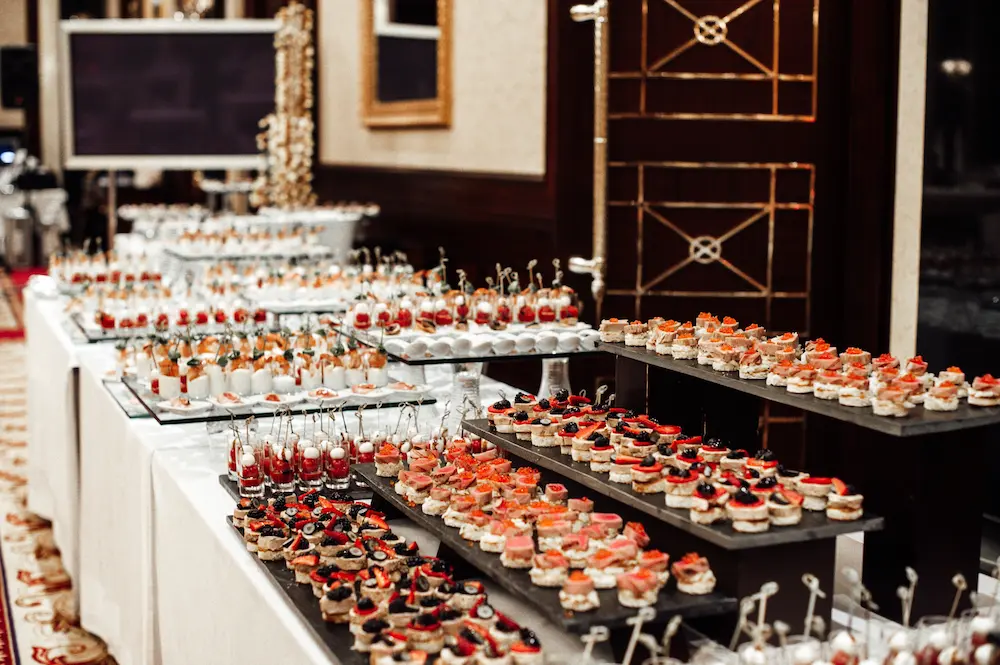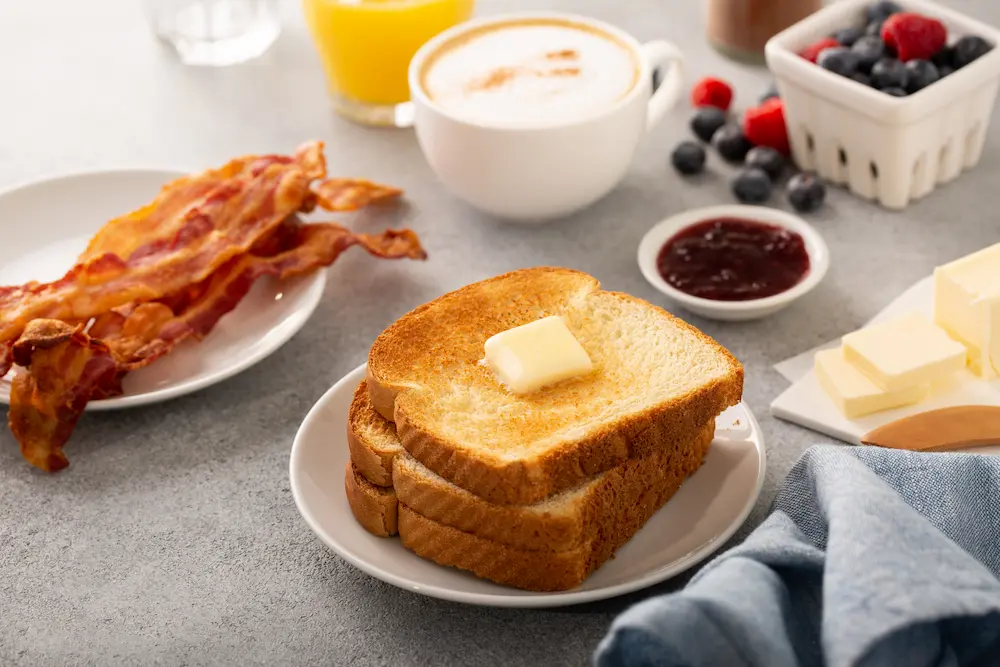Types of food in hotels
During hotel booking, we choose different types of meal plans. How are these abbreviations deciphered? Which type is better to choose? We discuss the features of meals in hotels and popular abbreviations.
When traveling, exploring the food in hotels becomes a major part of the journey. Hotels usually offer a wide range of food types, extending from local to international cuisine, that are prepared and presented under meticulous management.
Most hotels have restaurants where guests can order from a varied list of dishes available. In these restaurants, food is usually organized into different categories on the menu, providing clear information to the guests about what each dish entails. You might find that the menu courses range from appetizers, salads, main dishes, to desserts.
Typically, the beverages offered in these establishments are equally extensive. From coffee to exotic juices and a sophisticated wine list that features some of the best wines from various parts of the world, these beverages cater to all tastes and preferences.
Different forms of food service are available in hotels. One common form is 'a la carte', where customers order individual dishes from a menu in a restaurant. This method gives guests the liberty to customize their meals according to their preferences.
Room service is another popular form of food service in hotels. Here, guests can order food and beverages to be enjoyed in the comfort of their rooms. This is an excellent option for those looking for a quiet, private dining experience.
Buffets are also common, especially in larger hotels. They offer a vast array of dishes presented simultaneously, allowing guests to sample a bit of everything.
RO (Room Only)
The "Room Only" format does not initially include meals. This accommodation option is cheaper, guests are not tied to a meal schedule, they can taste a variety of local dishes at their own discretion and at a more preferable time. The rest in this case will turn out to be romantic and unpredictable, despite the fact that it will be more difficult to plan a trip budget. This option is usually found in European countries (Greece, Italy, Finland...). Sometimes instead of RO (OR) you can see other designations - EP (European Plan), BO (Bed Only), AO (Accommodation Only), RR (Room Rate), NO (simply "no"). All of them indicate the absence of meals. If you can cook your own food in the room or in a common kitchen at the hotel, it is indicated as SC (Self Catering).

BB (Bed and Breakfast)
This is the perfect option for those who want to make the most of their time exploring sights, trips out of town, and excursions. The hotel will offer a light or full breakfast in a self-service format — continental, American, English, "buffet". This type of meal is common in budget hotels, and many people prefer it. The range of offered pastries, sandwiches, and "light" dishes largely depends on the country. In France, most likely, a croissant will be served, in Italy — a cornetto or other sweet pastry, in Thailand — the traditional Pad Thai rice noodles, in England — an omelet, in America — toasts, and in Spain — a small tortilla or jamón. Hot drinks are mandatory - coffee or tea, possibly yogurt or juice.
.webp)
HB (Half Board)
This type of meal is often referred to as half board or demi-pension. Most often it's breakfast and dinner, less often - breakfast and lunch. The first option is preferable as it gives the guest a relatively free day, without extra worry about missing lunch. Free drinks are typically only included in breakfast or half board, if it's HB+. Expensive hotels may offer complimentary champagne for breakfast.

FB (Full Board)
The price per night in a hotel with FB (Full Board) meal type includes three meals sometimes in the kitchen, but more often - in the hotel or inn's dining hall. Food is served at a certain time, and no snacks are provided between breakfasts, lunches and dinners. Additional costs may include mandatory tips, which should be taken into account when planning a trip. An advantage of staying on an FB meal plan is the lack of worry about finding suitable places for breakfasts, lunches and dinners. Disadvantages include the inability to replace dishes even if the menu or the quality of the food preparation is not suitable. Other designations for FB are often encountered - these are FP (Full Pension) and AP (American Plan). A more expanded type of meal in FB+ hotels includes alcoholic and non-alcoholic drinks from local producers.

AI (All Inclusive)
The most favorite type of hotel meal for tourists is the "all-inclusive" system. Along with three meals a day, guests receive a variety of snacks, barbecues and drinks of their choice - both alcoholic and non-alcoholic. Often the offer to "eat" is valid 24 hours a day. This option is suitable for those who love comfort. UAI offers even more variety - imported drinks, additional breakfasts and lunches, meat and cheese cuts at any time of the day and night. In average resort hotels, the "all-inclusive" format involves serving dishes in a "buffet" style, where guests choose the food they like from the offered range. More expensive hotels operate on an "a-la carte" service system. From a priced menu, guests choose dishes that are brought to their table by waiters. There is also a more modest option with a limited assortment, when meals are included in the tour price. In this case, a reduced menu is provided and a reservation for lunch or dinner is required.

UAI (ULTRA All Inclusive)
UAI is a least known abbreviation, but often found in countries where Russian tourists love to travel - Turkey, Egypt. The "ultra all-inclusive" type includes alcoholic drinks in a special bar, including imported alcohol; any snacks; a multitude of dessert varieties and fresh fruits - both everyday and exotic; luxurious meat and fish dishes. This option also presupposes a children's menu with simple food.

CB (Continental Breakfast)
You will definitely encounter this type of accommodation while traveling through the countries of Europe and the United States. The deciphering of this type is simple - a continental breakfast, which offers coffee and a croissant with additional ingredients or a piece of bread with butter.

Exploring the Diverse Dining Experiences in Hotels Worldwide
In the hospitality industry, providing a unique and high-quality food experience for travelers is essential. Hotels globally offer a range of food services tailored to cater to their guests' needs, from elaborate breakfast spreads to personalised in-room dining.
For example, most hotels kickstart the day with a hearty breakfast. The standard fare normally consists of items like pancakes, bacon, sausages, scrambled eggs, cereals, buns, and a selection of jams. Of course, this menu can be expanded or modified based on the guest's dietary requirements. As part of the staff's training, they are taught to be flexible and considerate to cater to every guests' needs.
In addition to breakfast, hotels often have lunch and dinner offerings that cater to different tastes. The menu can range from a simple soup and salad to more elaborate dishes like pasta, poultry, or even lobster. They also have a selection of vegetables and other sides to choose from.
A lot of hotels also have specialised chefs who excel in cooking dishes from particular cuisines. If you are a person who enjoys trying ethnic or foreign foods, this can be a great way to experience the cuisine without leaving your hotel.
In the afternoon, hotels often offer a luncheon or brunch option. This meal might be a fixed menu or it might offer unlimited portions of certain dishes. It's commonly served buffet style, but can also be plated and served at your seat in the dining area.
If you prefer to dine in your room, many hotels offer in-room dining services. You can select from the menu and your food will be delivered on a tray or cart. This is an especially helpful service for business travelers or couples on vacation who prefer a more private dining experience.
To enhance your dining experience, hotels often have an extensive beverage menu. From standard coffee and tea to an assortment of cocktails and mocktails prepared by skilled bartenders, there's something for everyone. Many hotels also have a selection of wines, beers, and other liquors.
In addition to their restaurants, some hotels have a cafeteria or lounge area. These spaces are often more casual and are a great place to relax with a light meal or drink.
One important point to note is that food in hotels can vary greatly based on the hotel's location, the region's culinary preferences, and the target market segment. For example, a hotel in California might have a menu heavily influenced by Mexican cuisine, while a hotel in South Africa might offer dishes with a distinct local flavor.
As with any service industry, the success of a hotel's food service depends on the staff's training, skills, and dedication. From the chefs in the kitchen to the servers in the restaurant, each person plays a critical role in delivering an excellent food experience for the guests.
In conclusion, food in hotels is more than just a necessity - it's an integral part of the hotel experience. So whether you're planning a holiday or going on a business trip, it's a good idea to explore the dining options available at your hotel. You might just find your new favorite dish.